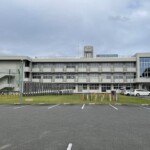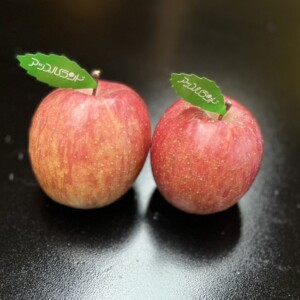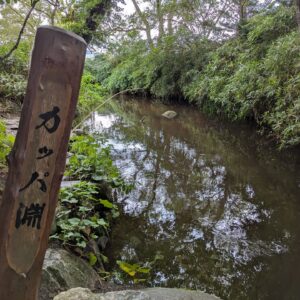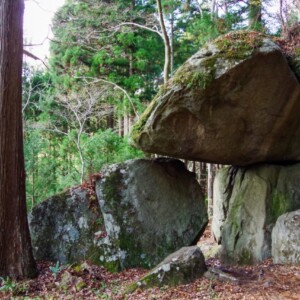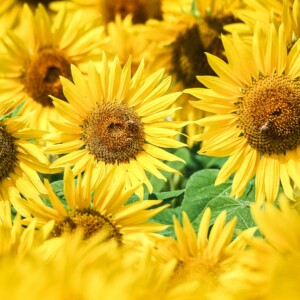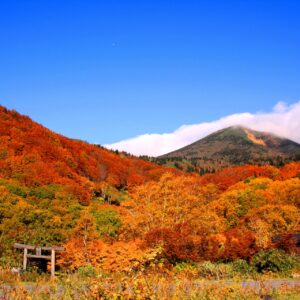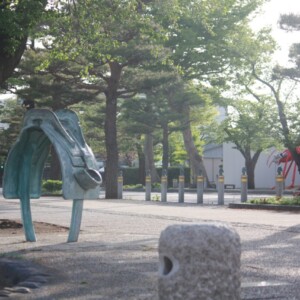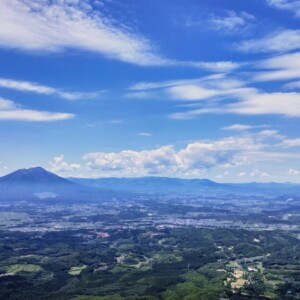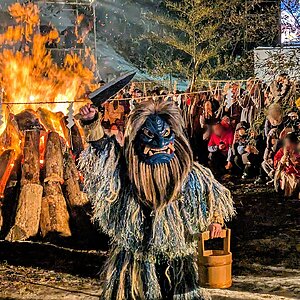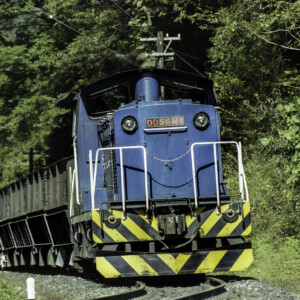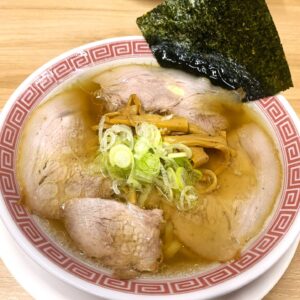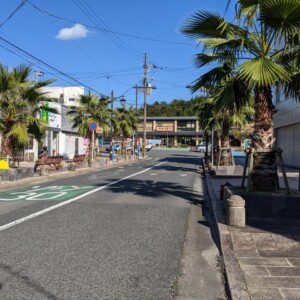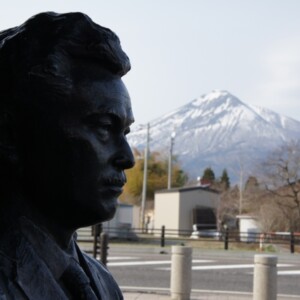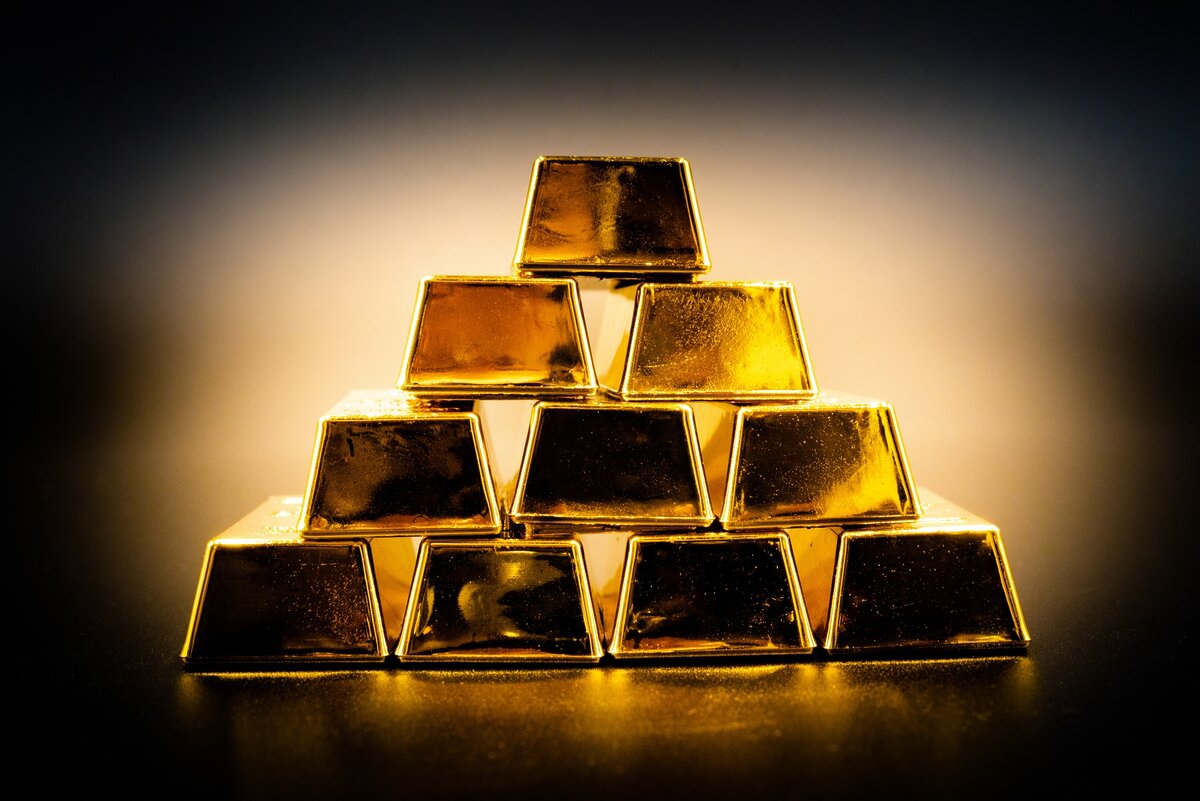
The legend of the golden buried gold of the Fujiwara clan of Oshu! What is Mt. Kinji in Hiraizumi? [Iwate Prefecture]
table of contents
When it comes to buried treasure in Japan, many people may think of the Tokugawa buried treasure, but in fact, legends of buried treasure remain all over Japan
There is also a mountain in Hiraizumi, Iwate Prefecture, where such a legend remains
This is Mount Kinkei, a sacred mountain that is also designated as one of the World Heritage Sites "Hiraizumi - Architecture, Gardens and Archaeological Sites Representing the Buddhist Pure Land."
Kinkeiyama and the legend of buried treasure
Kinkeiyama is a small, tree-covered hill-like mountain less than 100 meters above sea level located in Hiraizumi Town, Nishiiwai District, Iwate Prefecture.It is a mysterious mountain, and legend has it that it is an artificial mountain that was created to resemble Mount Fuji in just one night
the treasures of the Oshu Fujiwara clan, who once flourished in this area, lie buried within this mountain .
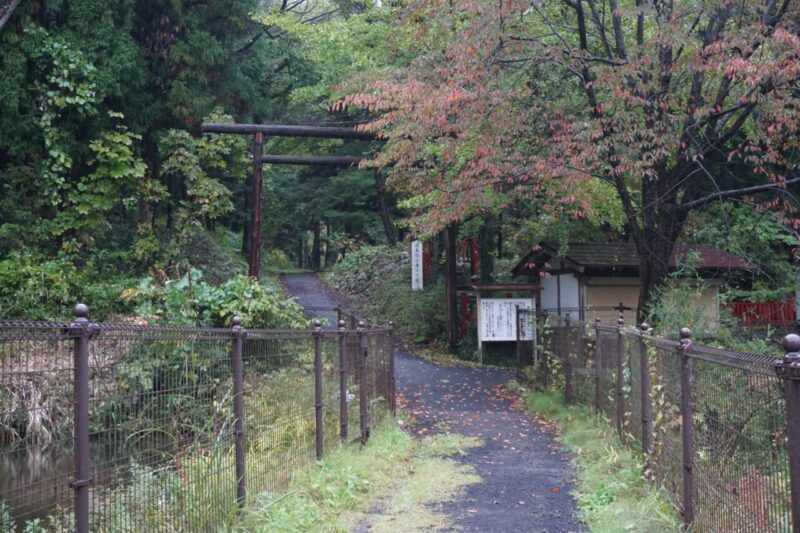
According to legend, the man who created this mountain and hid the treasure was Fujiwara Hidehira , the third head of the Oshu Fujiwara clan. Wishing to protect Hiraizumi, Hidehira buried a pair of golden chickens on the mountain's peak, and also hid 10,000 lacquerware cups and 10,000 ryo of gold.
If the mountain was artificial as legend says, it would have been easy to create a room to hide the treasure, but there is a local roosters can be heard crowing from the mountain , "Under the tree where the morning sun shines and the evening sun shines, a thousand cups of lacquer, golden, ooooook," which is said to point to the location of buried treasure .
The Golden Culture of the Oshu Fujiwara Clan and Pure Land Buddhism
The extent to which the Oshu Fujiwara clan wielded enormous wealth and great power is clear when one looks at Chusonji Temple
Chusonji is a magnificent temple built by Kiyohira, the first head of the Oshu Fujiwara clan, who spared no expense in constructing it
Unfortunately, many of the buildings were burned down and only a few remain today, but if you visit, you can get a sense of the prosperity of Hiraizumi in the past

The Oshu Fujiwara clan was devoted to Pure Land Buddhism and is known for their dedication to creating temples, shrines, and gardens. Mt. Kinkei is said to have been created for a temple, and there was once Muryokoin .
This temple was built by the third lord, Hidehira, in imitation of Byodo-in Temple in Kyoto. It was later destroyed by fire and only the ruins remain today, but at the time of its construction it is a magnificent and huge temple that surpassed even the original Byodo-in Temple .

Kinkeisan is located just behind the main hall of Muryokoin Temple, and from the garden you can see the sun setting over the mountain ridge
Looking at the main hall from the garden at dusk, the setting sun illuminates it like a halo, creating a beauty reminiscent of paradise. is thought to have been the center of Hiraizumi's urban planning and its symbol
As it is still said to be a mountain of faith, it is known that at least nine sutra mounds were built on the summit, and sutra tubes and jars have been discovered in past excavations

It is believed that the financial resources of the Oshu Fujiwara clan, who were able to build such a magnificent temple, were supported by the numerous gold mines in the Tohoku region, and Tamayama Gold Mine is particularly famous among them.The gold used lavishly in the Golden Hall of Chusonji Temple is also said to have come from Tamayama.
The family built temples one after another, such as Chusonji, Motsuji, and Muryokoin, and the world heritage site "Hiraizumi" was born. Incidentally, rumors of the temples and shrines that were built without sparing any expense spread as far as China, and it is said that inspired Marco Polo's account of "Zipangu, the Golden Country" in his "The Travels of Marco Polo .
Does the "Fujiwara Clan Curse" still remain?
The treasure left behind by the Oshu Fujiwara clan was buried treasure hidden by Hidehira, the most powerful member of the clan. Naturally, many people began searching for the buried treasure in the hopes of making a fortune
However, there is another rumor about the buried treasure: the "Curse of the Fujiwara Clan .
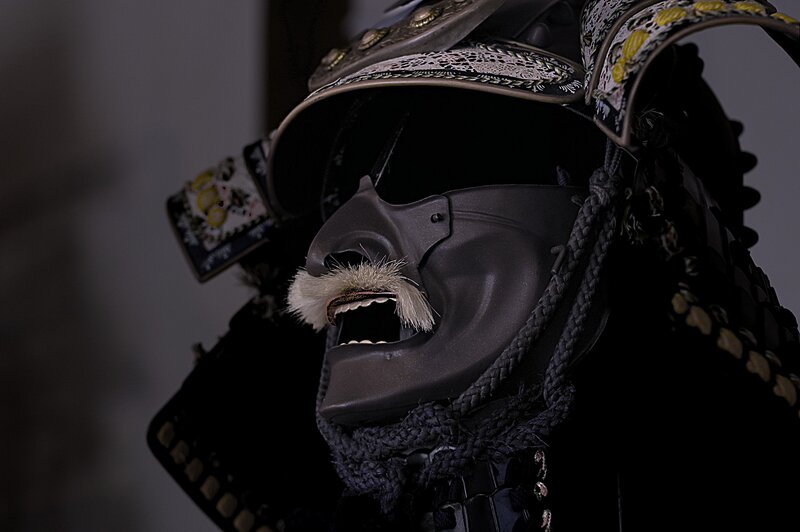
Since ancient times, the spirit of a warrior guarding treasure has been sighted around Mt. Kinkei, and it is said that anyone who tries to steal the buried treasure will be cursed by this warrior
Many people laughed at the idea, calling it a fabricated story, as is the case with buried treasure legends, but even after five large-scale excavations from the Edo period to the Showa period, no treasure was ever found, and unfortunate accidents occurred during the excavations, resulting in the deaths of those involved, and all of the excavations were forced to be discontinued.
the "Fujiwara curse" may not be a complete lie...
Sunset in Hiraizumi
At the foot of Mount Kinkei, there is the Senjudo Hall, which houses the memorial tablets of three generations of the Oshu Fujiwara clan, as well as the grave of a relative of a certain person who was one of the causes of their downfall: the wife and child of Minamoto no Yoshitsune
After antagonizing his brother, Yoritomo, Yoshitsune was driven out of the capital and sought refuge with Hidehira, the third head of the family, who was also in conflict with Yoritomo. However, after Hidehira's death, the fourth head of the family, Yasuhira, succumbed to pressure from Yoritomo and attacked Yoshitsune's residence. It is said that Yoshitsune killed his wife, Gogozen, and their four-year-old daughter with his own hands, and then committed suicide
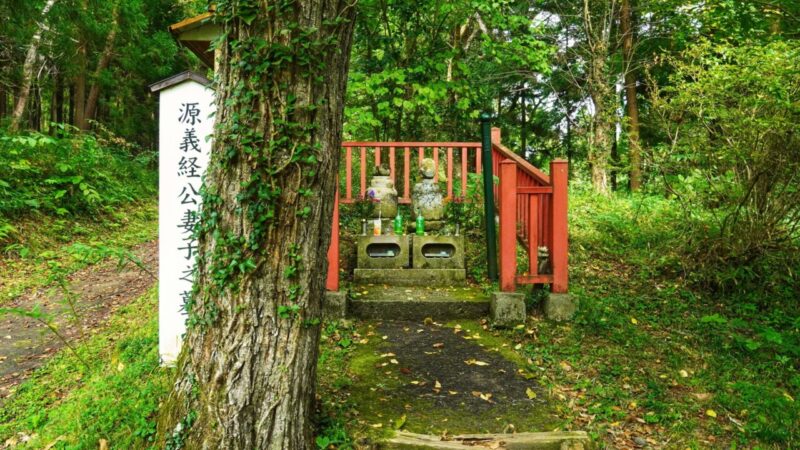
Yasuhira sent Yoshitsune's head to Yoritomo, but Yoritomo did not miss this opportunity and sent troops to Oshu. In what is known as the Oshu Conquest , Yasuhira was defeated and fled, but was assassinated in Odate City, Akita Prefecture. This marked the end of the Oshu Fujiwara clan and the prosperity of Hiraizumi.
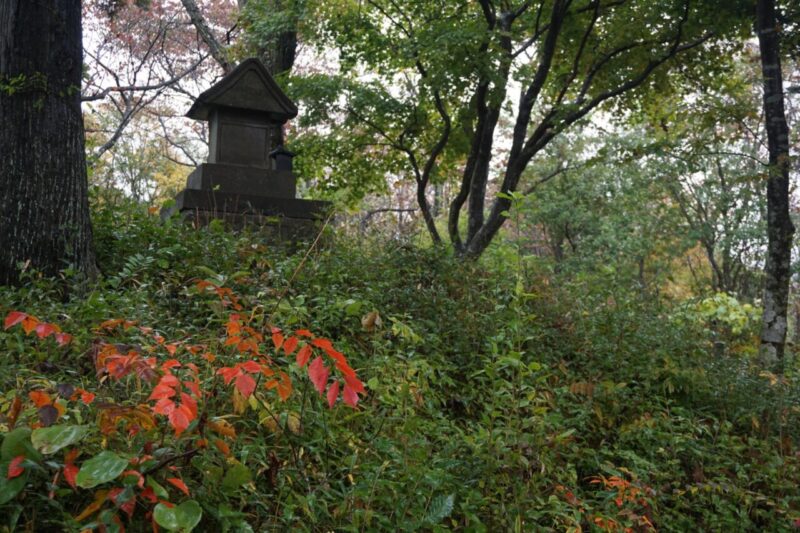
lastly
wrote a passage about Mount Kinkei, "The remains of Hidehira have become fields, and only Mount Kinkei remains." is the famous poem, "Summer grass and the remains of the dreams of warriors."
When sightseeing in Hiraizumi, in addition to visiting Chusonji Temple and Motsuji Temple, it might also be a good idea to visit Mt. Kinkei and reflect on the rise and fall of the Oshu Fujiwara clan
Don't make the mistake of searching for buried treasure. The curse of the Fujiwara clan may befall you..
Mt. Kinkeisan trailhead <Information>
- Name: Mt. Kinkei trailhead
- Address: 44 Hiraizumi Hanadate, Hiraizumi-cho, Nishiiwai-gun, Iwate Prefecture, 029-4102
- URL: http://www.town.hiraizumi.iwate.jp/heritage/asset/kinkei.html



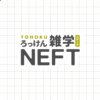
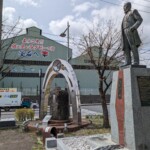
![Is the Japanese stone circle "Oyu Ring Stone" a sacred place in the Jomon period? [Akita Prefecture] 03Oyu Stone Circle](https://jp.neft.asia/wp-content/uploads/2024/02/bb0e520018fd2a51e736190b0b46ab5e-150x150.jpg)

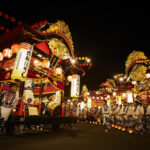
![[JR East Pass Trip: Day 2 Part 2] Intensive exploration of Hiraizumi! World Heritage Sites: Chusonji Temple and Kinjido Chusonji Temple Information Board](https://jp.neft.asia/wp-content/uploads/2022/12/IMG_3829-1200x675-1-150x150.jpg)
![[Akita Prefecture] Kosaka Town is a town that has taken you back in time to the Meiji era. Cultural heritage left behind by Kosaka Mine 1_22](https://jp.neft.asia/wp-content/uploads/2023/07/1_22-150x150.jpg)
!["Isedodai Ruins" is a mysterious ruin registered as a World Heritage Site! [Akita Prefecture] Model of Isedotai ruins (Isedotai Jomonkan)](https://jp.neft.asia/wp-content/uploads/2024/04/deb17445343a914a827ad485a5591592-150x150.jpg)
